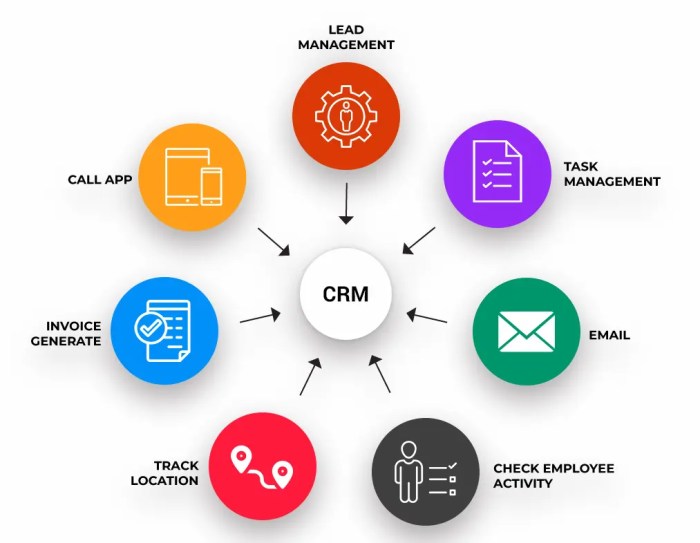Integrating CRM with Marketing Automation: Unlocking the Power of Data – that’s the holy grail of modern marketing, isn’t it? Imagine a world where your sales and marketing teams aren’t working in silos, but as a hyper-efficient, data-driven machine. This isn’t science fiction; it’s the reality unlocked when you seamlessly integrate your CRM and marketing automation platforms. We’re diving deep into how this integration supercharges your customer engagement, streamlines processes, and ultimately, boosts your ROI. Get ready to witness the magic of unified data.
This deep dive explores the core functionalities of both CRM and marketing automation systems, revealing how their combined power transforms lead nurturing, customer segmentation, and campaign personalization. We’ll dissect various integration strategies, address potential challenges, and showcase real-world examples of businesses leveraging this synergy for explosive growth. Prepare for a journey into the exciting world of data-driven marketing success!
Defining CRM and Marketing Automation: Integrating CRM With Marketing Automation: Unlocking The Power Of Data
Integrating CRM and marketing automation is like giving your business superpowers. It’s about harnessing the power of data to understand your customers better, personalize your marketing efforts, and ultimately, boost sales. But before we dive into the integration, let’s define each system individually.
Understanding the core functionalities of each system is crucial for effective implementation. Think of it like assembling a high-performance engine: you need the right parts working together in harmony.
Customer Relationship Management (CRM) System Functionalities
A CRM system is essentially a centralized database of all your customer interactions. It’s a single source of truth for everything from contact details and purchase history to support tickets and sales opportunities. This allows businesses to manage customer relationships more effectively, improving customer satisfaction and driving revenue growth. Key functionalities include contact management, lead management, sales process automation, customer service support, and reporting and analytics. For example, a sales team can use a CRM to track leads, manage their sales pipeline, and forecast future revenue. Customer service teams can use it to track customer inquiries and resolve issues efficiently.
Marketing Automation Platform Features
Marketing automation platforms automate repetitive marketing tasks, allowing marketers to focus on strategic initiatives. These platforms manage and nurture leads through automated email campaigns, targeted advertising, and personalized content. Key features include email marketing, lead nurturing, social media management, campaign tracking and analytics, and website analytics integration. Imagine automatically sending a welcome email to new subscribers, or triggering a series of emails based on a customer’s behavior on your website – that’s the power of marketing automation. Analyzing campaign performance data helps optimize future campaigns, increasing ROI.
Comparison of CRM and Marketing Automation Capabilities
While distinct, CRM and marketing automation systems are highly complementary. A CRM focuses on managing individual customer relationships and interactions, providing a 360-degree view of each customer. Marketing automation, on the other hand, focuses on automating marketing processes and delivering targeted campaigns to segments of customers. The key difference lies in their primary function: CRM manages relationships, while marketing automation manages marketing campaigns. However, their integration allows for highly personalized marketing efforts based on individual customer data held within the CRM.
Integrating your CRM and marketing automation systems isn’t just about connecting software; it’s about connecting with your customers on a deeper, more personalized level. By harnessing the power of unified data, you unlock the ability to create truly targeted campaigns, nurture leads effectively, and ultimately, drive significant business growth. This integration is no longer a luxury—it’s a necessity for businesses aiming to thrive in today’s competitive landscape. So, ditch the silos and embrace the power of integrated data; your customers (and your bottom line) will thank you for it.
